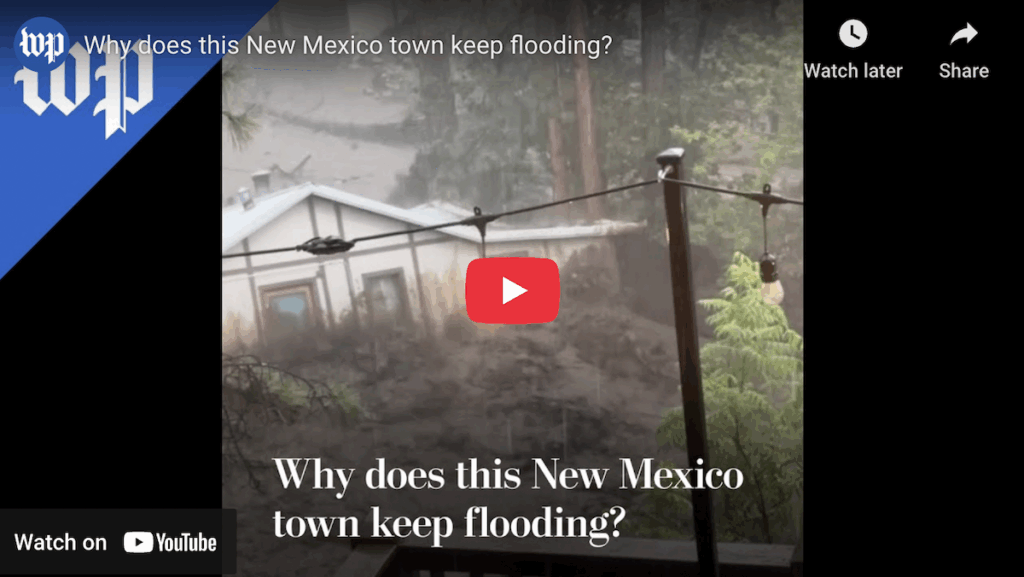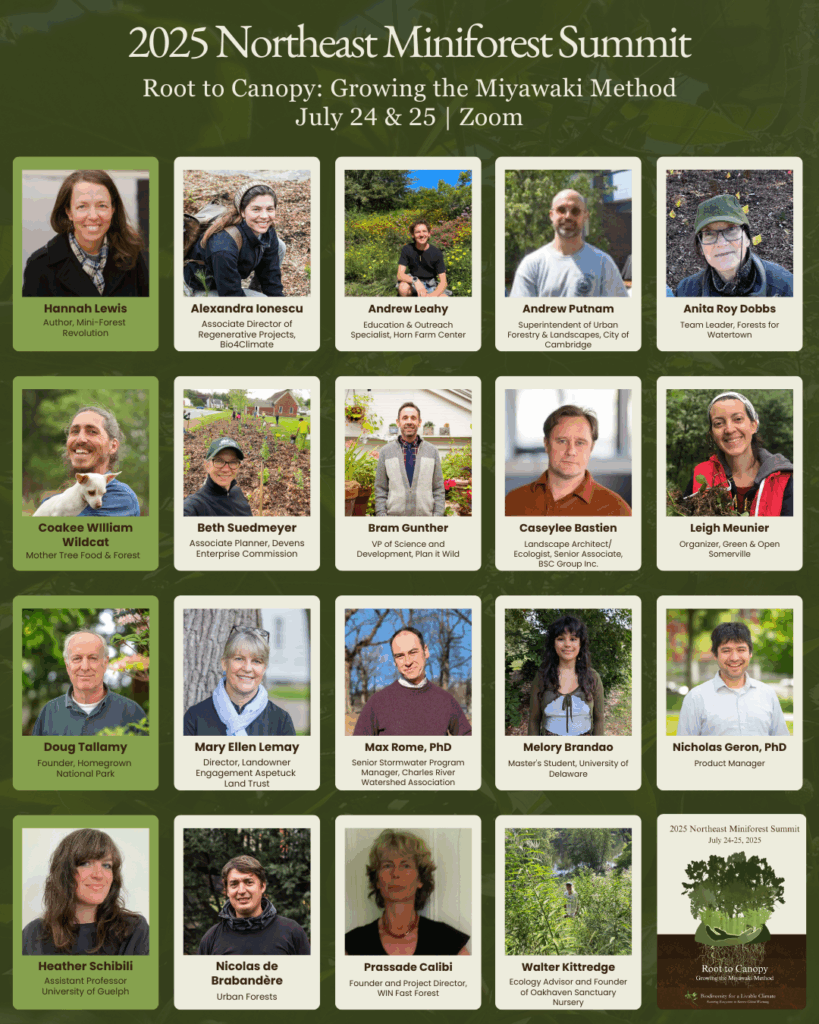News and Insights
- Floods are getting more dangerous around the country.
When storms hit, it’s easy to keep our focus on the weather and the rain. And we’ve certainly seen evidence that climate change is fueling wetter wets. But often, the other half of the story is what the land can no longer do…and all that water has nowhere to go.
Part of the reason is that the land no longer works the way it used to. Forests absorb water. Wetlands slow it down. Healthy soil holds it like a sponge. But when those systems are removed, drained, paved over, and purged of native wildlife, water moves faster, hits harder, and runs off.
We’re not here to point fingers, we’re trying to expand the conversation. When we see how changes to land and water systems shape extreme weather, we also start to see where regeneration can make a difference. - A Story of Fire and Water
This week the Washington Post looked at how land that’s been burned and denuded from repeat wildfires is seeding the ground for back-to-back flooding in New Mexico.
And it’s not just proliferating wildfires. Runoff is also driven by degraded land, the lack of biodiverse vegetation, and the absence of natural water engineers like beavers.If you want to better understand floods, you’ve got to look down at the dirt, not just up in the clouds.

Events and Community

- Virtual | 2025 Northeast Miniforest Summit
Can you believe we’re just two weeks out from the summit? And fear not, there’s still time to register!
Miniforests are more than trees—they amplify a web of relationships. This summit plants seeds for stronger connections, collective action, and resilient ecosystems. It’s a response to the energy of those eager to help restore Earth, and a step toward a shared path forward rooted in collaboration.
Meet the speakers and explore the panels that will guide this two day exploration!
Spread virtually across two days and an in-person bus tour, the Northeast Minforest Summit brings together practitioners, researchers, and leaders from a range of disciplinary perspectives—including city officials, landscape architects, scientists, and community organizers—to explore the Miyawaki method from root to canopy.
Register and Learn More
